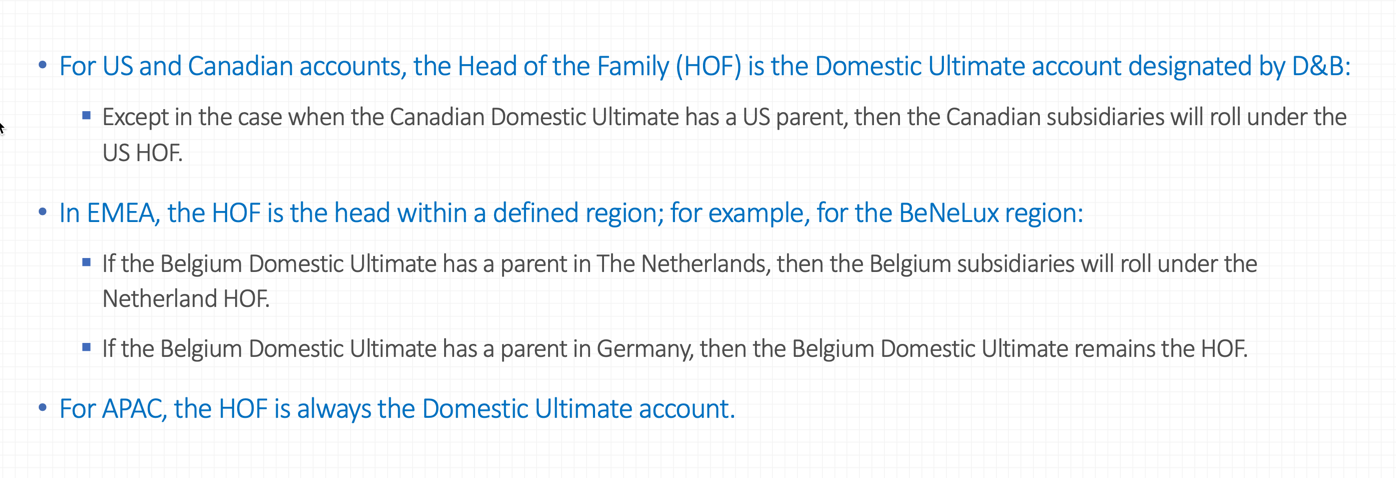Lead Routing is Just the Tip of the Territory Management Automation Iceberg

If you’ve ever heard the term “speed to lead,” then you know how critical fast, accurate lead routing is for converting prospects. In fact, Harvard Business Review research shows that a salesperson is 60 times more likely to have a meaningful conversation with a key decision-maker when following up within one hour of receiving a lead than after 24 hours. But automating this process is anything but easy.
You can use native CRM features and third-party point solutions to do it, but our customers tell us how frustrated they are—both with how poorly this process works and the amount of time they spend on manual remediation.
You can’t solve lead routing without addressing several other foundational data processes. And if you haven’t set up those foundational data processes properly, lead routing suffers. That’s why lead routing is just the tip of a much larger iceberg. And that iceberg is territory management automation.
Read More: SalesTechStar Interview With Renato Becker, Omnichannel Product Manager At Rocket.Chat
What is territory management automation?
Territory management automation (TMA) is the processes and technology required to assign all revenue-related relationships accurately, typically represented by data objects in a CRM, including assigning:
- Sales reps to territories
- Accounts to sales reps and territories
- Buying centers or demand units to sales reps
- Leads and contacts to sales reps and buying centers
- Opportunities, orders, and tasks to sales reps
Why is territory management automation important?
Successful territory management automation does more than provide a framework for an efficient lead routing program.
It not only contributes to higher sales, it also increases organizational efficiency and reduces costs. But companies find it challenging to roll out this kind of program because executing proper territory assignments and maintaining these relationships grows exponentially with sales organizations.
The irony is, the larger your sales force, the more you need territory management automation. As a rule of thumb—once you have more than 50 sales reps, you’ll need a comprehensive territory management automation platform, not just a simple lead routing tool.So, how do you structure your territory management automation program?
A comprehensive TMA solution requires a broad range of capabilities. Here’s a look at some of the major components and their role in the overall solution architecture.

Think of territory management automation as a pyramid: it all starts with a solid foundation. Overlooked or poorly executed processes weaken the entire pyramid, risking inaccuracies, misalignments, overlapping ownership, and misrouted leads. A territory management automation platform can consolidate and streamline all of these processes. Source: Openprise
Data quality
The proverbial “garbage-in-garbage-out” problem may be the single most important, yet often ignored root cause for why leads are routed incorrectly and why accounts are assigned to the wrong territory.
When people ignore data quality, they try to compensate by hard coding logic into their routing rules to deal with bad data. This leads to overly complex automation that’s difficult to maintain.
Read More: SalesTechStar Interview With Jim Thomsen, CEO At Zimmi
Segmentation
Whether it’s industry, number of employees, annual revenue, or assets under management, many assignment rules are based on numerical data or a list of values, which means the data needs to be segmented for assignment rules to work efficiently. Here’s an example showing several different ways to format revenue:
- 25,000,000
- 25 million
- 10,000,000 – 100,000,000
- 25 mil
- 25m
- 25mn
Instead of forcing your routing rules to decipher all the possible variations, the scalable and manageable approach is to properly segment your data into a list of defined ranges that fits your company’s sales strategy.
Account hierarchy
For sales teams that sell to large enterprises, account ownership is often grouped by account hierarchy or family, to coordinate the selling effort across the group of related accounts. While data vendors like Dun & Bradstreet can provide legal entity hierarchies, to make that data useful operationally requires infusing it with your specific business logic to fit your sales strategy.:
Here’s an example that illustrates this challenge:

Lead-to-account matching
This is the process of matching a person record to an account record using some combination of company name, website and email domain, and address data. It’s a critical lead routing process based on account ownership, and it’s also used in account scoring and lead scoring.
Once you match a person to an account, they’re generally assigned to the account owner, or corresponding SDR, although there are exceptions to this rule. Flexibility and scalability are key in Lead-to-account matching; your organization may have other matching and routing criteria.
Scoring and grading
Scoring and grading measure the quality of the lead or how closely an account matches the ideal customer profile. Scoring and grading are often integral parts of territory management in two ways:
- Companies that implement ABM usually grade accounts and the most expensive sales reps focus on the highest grade accounts, so account and lead assignment can both require grading as input.
- Some companies use a meritocracy-based routing scheme, which means the highest quality leads, whether based on demographic or behavioral scoring, are sent to the highest performing sales reps.
Lead routing
This is the tip of the iceberg—the most visible point above the surface. As we’ve discussed, it’s difficult to achieve scalable lead routing if the foundational processes aren’t buttoned down. That doesn’t mean the level 1 and 2 processes must be perfect before automating lead routing. It means that to do it with a high level of accuracy and reliability, and a minimum amount of manual intervention may take more time and resources than you think.
If your goal is speed to lead, don’t chase the tip of the iceberg. Realize you’ve got to start at the bottom and work your way up to the top.
What does this all mean?
Lead routing is a ubiquitous process that’s rarely automated well. That’s because it’s just one part of the much bigger set of Territory management automation processes, consisting of the sub-processes discussed here. To achieve a high level of operational excellence with TMA, you can try to make it work using a collection of tools and a bunch of duct tape, or consider using an integrated RevOps automation platform that automates the entire set of processes on a single technology platform—ideally without having to write a single line of code.
Read More: SalesTechStar Interview With Jayaram Bhat, CEO At Monetize360



